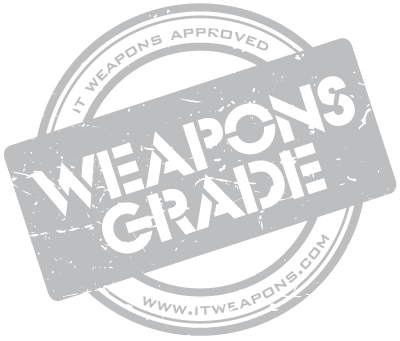With Microsoft products representing the backbone for basically everyone’s technology environment, the next year is going to be interesting for several of Microsoft’s most popular server products. Within the next year, several Microsoft products (notably Windows Server 2008, Windows 7, and Exchange Server 2010) are set to reach either their End of Extended Support date. If your organization is currently utilizing any of these soon-to-be Microsoft End of Support products (chances are you probably are), then it is critical time to update your technologies ASAP…or face the risks that come with using out-of-support products.
The following Microsoft Server products are set to reach a critical stage in their product lifecycle.
What is the Microsoft Product Lifecycle?
When Microsoft launches a new product, there are two key dates that you need to keep track of:
Mainstream Support End Date – When a Microsoft product reaches the end of Mainstream Support, it moves into Extended Support, which means that you will need to pay for any support case with Microsoft, which can range between $500 and $700 per support case. During Extended Support, Security Updates are still provided, however, Microsoft will not accept requests for warranty support, design changes, or new features.
Extended Support End Date – When a product reaches the end of Extended Support, Microsoft will no longer provide any support or security upgrades, which can leave your organization at significant risk.
What are the Risks?
Utilizing an out-of-support product can be a significant problem for your business. Below are several concerns and risks that accompany out-of-support products.
No Security Updates – First, out of support products do not receive security fixes or updates, meaning that your servers running the outdated product will be wide open to attack from any new, enhanced, or emerging security threat (i.e. Viruses, intrusions, ransomware, vulnerabilities, etc.)
Higher Costs – Not only is it dangerous from a security standpoint to use out of support products, but it also significantly raises your operating costs. Microsoft support cases for End of Life products can be astronomical, not to mention the cost to your business if the out of support product causes an outage.
Poor Performance – This is an obvious risk, as older equipment and systems are prone to failing or breaking down.
Software incompatibility – Hanging on to older operating systems can keep you from experiencing the latest and greatest version of business systems and applications, forcing you to not only stay on outdated systems, but also on outdated apps.
What Are Your Options?
For Microsoft server products, there are two options:
- Upgrade to the latest version (Windows Server 2016, Exchange 2016)
- Or migrate to Office 365 for Exchange
When considering an upgrade, there are other important factors to consider, such as:
- Is this an application server running a core business application?
- Will the application play nice with a newer version of the server?
- Should any other applications that use the server be upgraded as well? (i.e. Citrix XenApp)
Either way, it is important to put a plan in place to move away from any Microsoft End of Support system that you may be using, or risk scrambling for a solution when it is already too late.
![Ready for the End? What to Do with Microsoft End of Support Products [UPDATE] Ready for the End? What to Do with Microsoft End of Support Products [UPDATE]](https://www.itweapons.com/wp-content/uploads/bfi_thumb/mslogo-pgsscci5wdcgr7e9mpa20kzk4dpw7zf6oi7wupadv0.jpg)






